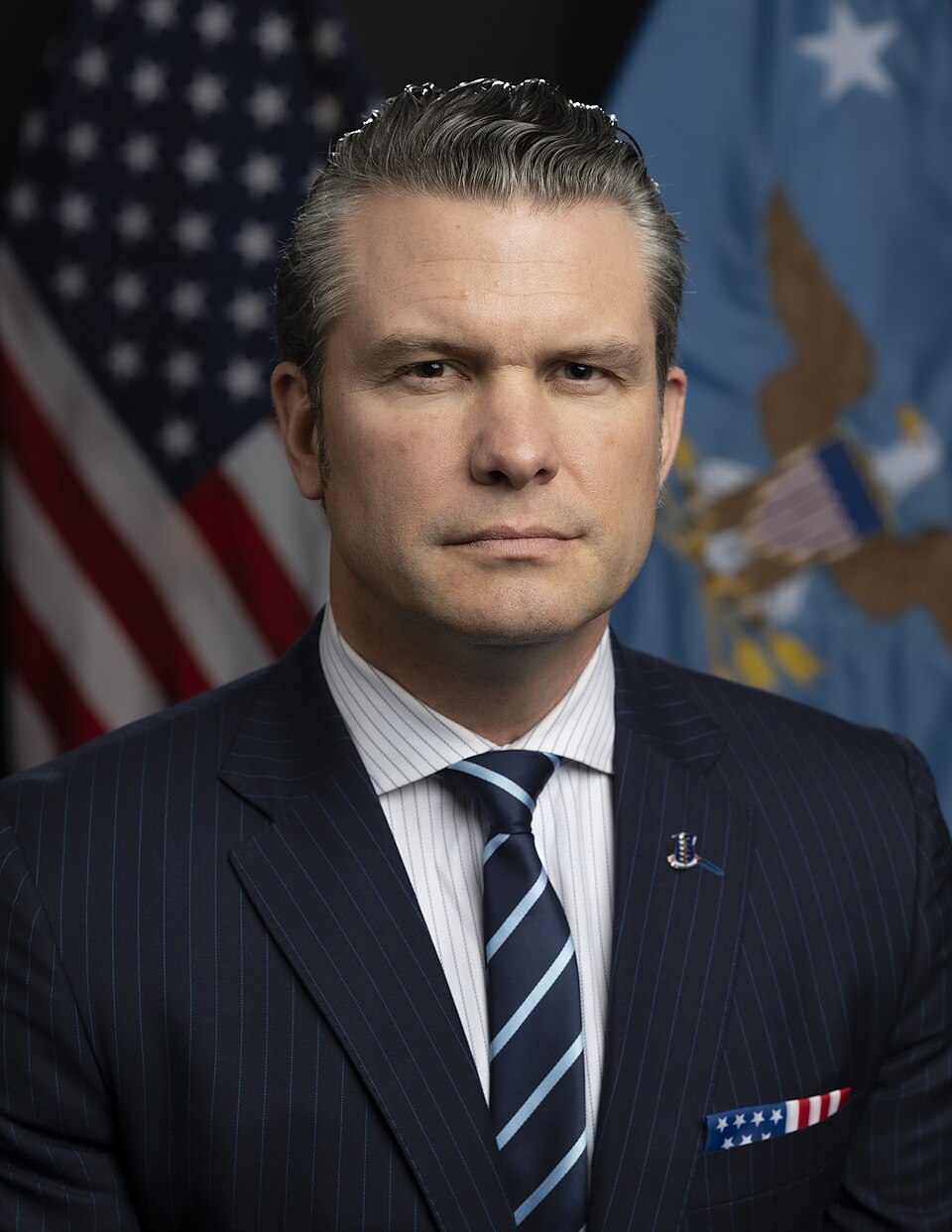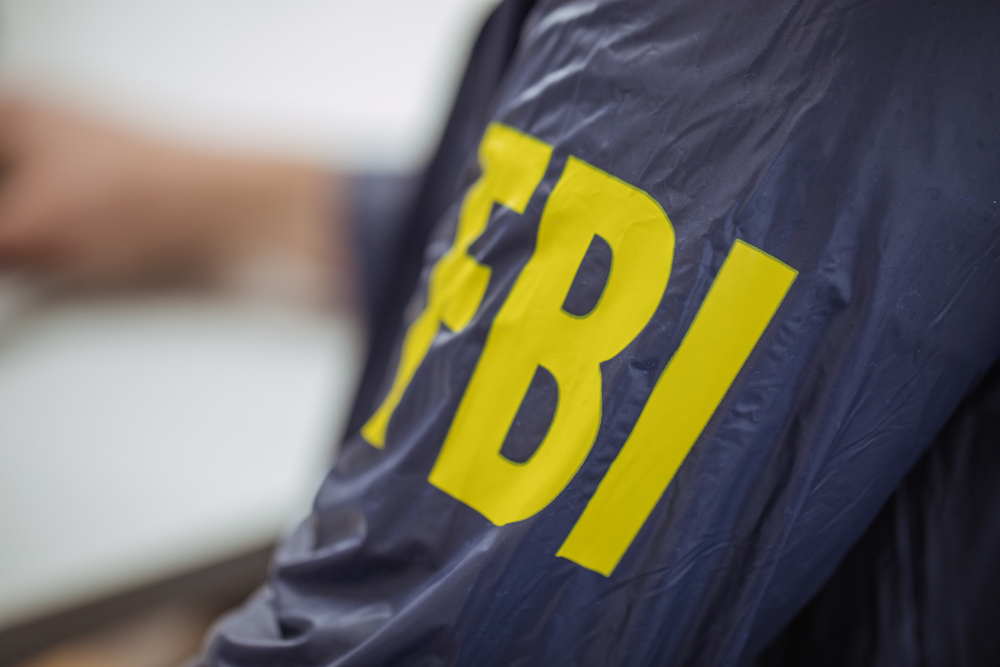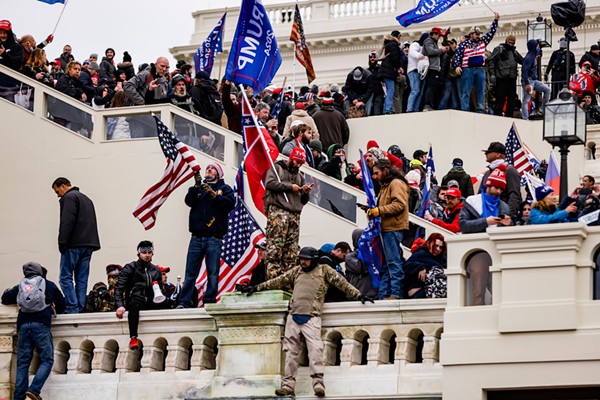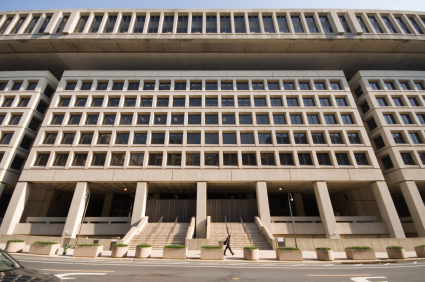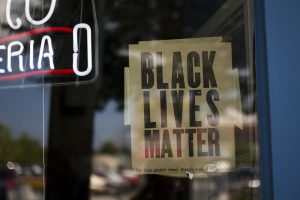
By Steve Neavling
Ticklethewire.com
The FBI surveillance of Black Lives Matter protesters went much further than previously believed as agents tracked the movements of an activist and conducted surveillance of homes and cars of people believed to be tied to rallies in Ferguson, Missouri, according to documents obtained by The Intercept.
The documents from 2014 indicate the FBI trailed an activist flying from New York to Ferguson, where protests broke out following the shooting of an unarmed black man.
Federal investigators gathered information from social media to profile and track activists. The FBI even sent informants and set up surveillance of antiracist activists.
The heavily redacted records provide a rough snapshot into FBI activities surrounding the protests.
A November 2014 report shows that an FBI agent alerted investigators that a protester was planning to travel from New York to Ferguson for a Thanksgiving Day protest. The activist’s name was redacted, but notes from investigators indicate they suspected the protester “had been arrested at a previous protest.” Another report suggests the FBI had compiled a dossier on the protester.
The documents contradict the FBI’s earlier assertion that agents don’t police ideology and only target people believed to be planning violence, said Michael German, a former FBI agent and now a fellow with the Brennan Center for Justice’s liberty and national security program.
“This is clearly just tracking First Amendment activity and keeping this activity in an intelligence database,” said German, in a phone interview, referring to the FBI report about an individual’s plans to travel for a protest. “Even if you made the argument that it is about a propensity for violence, why isn’t there a discussion of that propensity? Instead they are discussing bond money, not detailing a criminal predicate or even a possibility of violence.”


